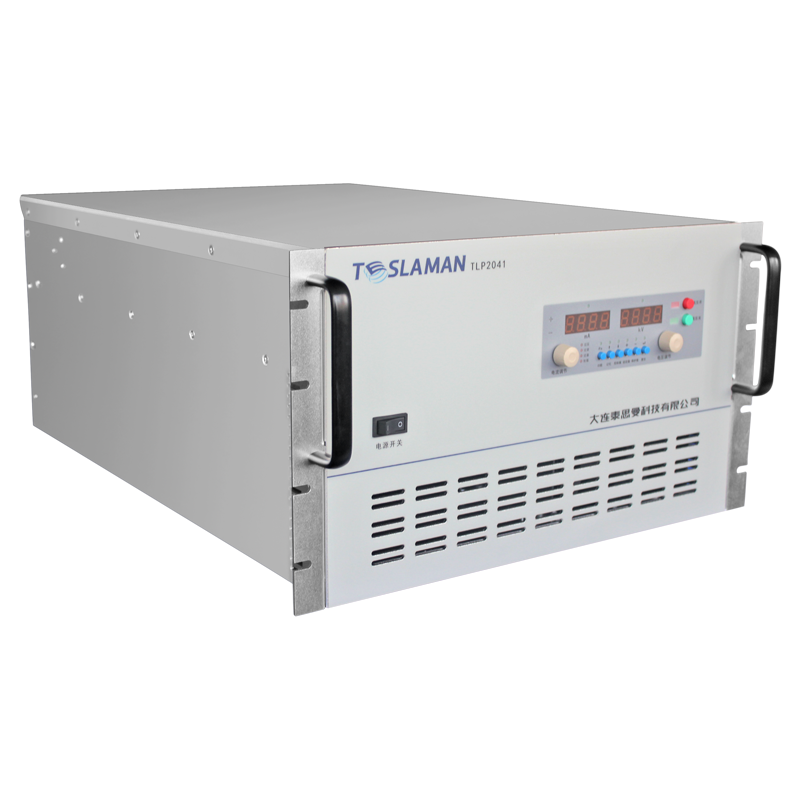The Key Role and Technical Challenges of High Voltage Generators in Semiconductor Production
With the rapid development of technology, the semiconductor industry has become the core of modern electronic industry. In the process of semiconductor production, high voltage generators play a crucial role. This article will explore the key role of high voltage generators in semiconductor production and the technical challenges they face from a professional perspective.
I. The Key Role of High Voltage Generators in Semiconductor Production
1. Doping Process: In semiconductor manufacturing, doping is the process of introducing impurities into silicon wafers to adjust their electrical conductivity. High voltage generators are used to produce the high voltage electric fields required for ion implantation, ensuring uniform distribution of impurity ions in silicon wafers, thereby improving device performance and reliability.
2. Thin Film Deposition: High voltage generators also play an important role in thin film deposition processes. For example, in Chemical Vapor Deposition (CVD) and Physical Vapor Deposition (PVD), high voltage electric fields help improve the uniformity and quality of thin films, thereby enhancing the electrical performance of devices.
3. Etching Process: In semiconductor manufacturing, etching is the process of removing excess material from silicon wafers. The high voltage electric fields generated by high voltage generators can be used to achieve anisotropic etching, ensuring the precision and consistency of device structures.
4. Detection and Measurement: High voltage generators can also be used for the detection and measurement of semiconductor devices. For example, in Capacitance-Voltage (C-V) testing, high voltage generators can produce the required bias voltage to evaluate the electrical performance of devices.
II. Technical Challenges
1. Stability and Accuracy: In the process of semiconductor production, the stability and accuracy of high voltage generators are crucial. Any fluctuation or error may lead to inconsistent device performance and even increased scrap rates. Therefore, developing high voltage generators with high stability and accuracy has become a focus of research.
2. High Voltage Insulation and Safety Issues: High voltage generators generate extremely high voltages during operation, posing potential threats to equipment and operators' safety. Therefore, how to design equipment with good high voltage insulation performance and take effective safety protection measures is an important direction for the development of high voltage generator technology.
3. Energy Saving and Environmental Protection: With the increasing awareness of environmental protection, how to meet the needs of semiconductor production processes while reducing energy consumption and minimizing environmental impact has become another challenge for the development of high voltage generator technology. This requires researchers to explore new types of high voltage generator topologies and working principles to improve energy efficiency and reduce electromagnetic interference.
4. Intelligence and Automation: With the continuous expansion of semiconductor production scale, higher requirements have been placed on the intelligence and automation level of high voltage generators. The high voltage generators of the future should have stronger self-diagnosis capabilities, self-adaptive adjustment functions, and remote monitoring functions to adapt to highly automated semiconductor production lines.
In summary, high voltage generators play a pivotal role in semiconductor production. Faced with increasingly severe technical challenges, researchers need to innovate continuously and strive to improve the performance of high voltage generators to meet the rapidly developing needs of the semiconductor industry.




















